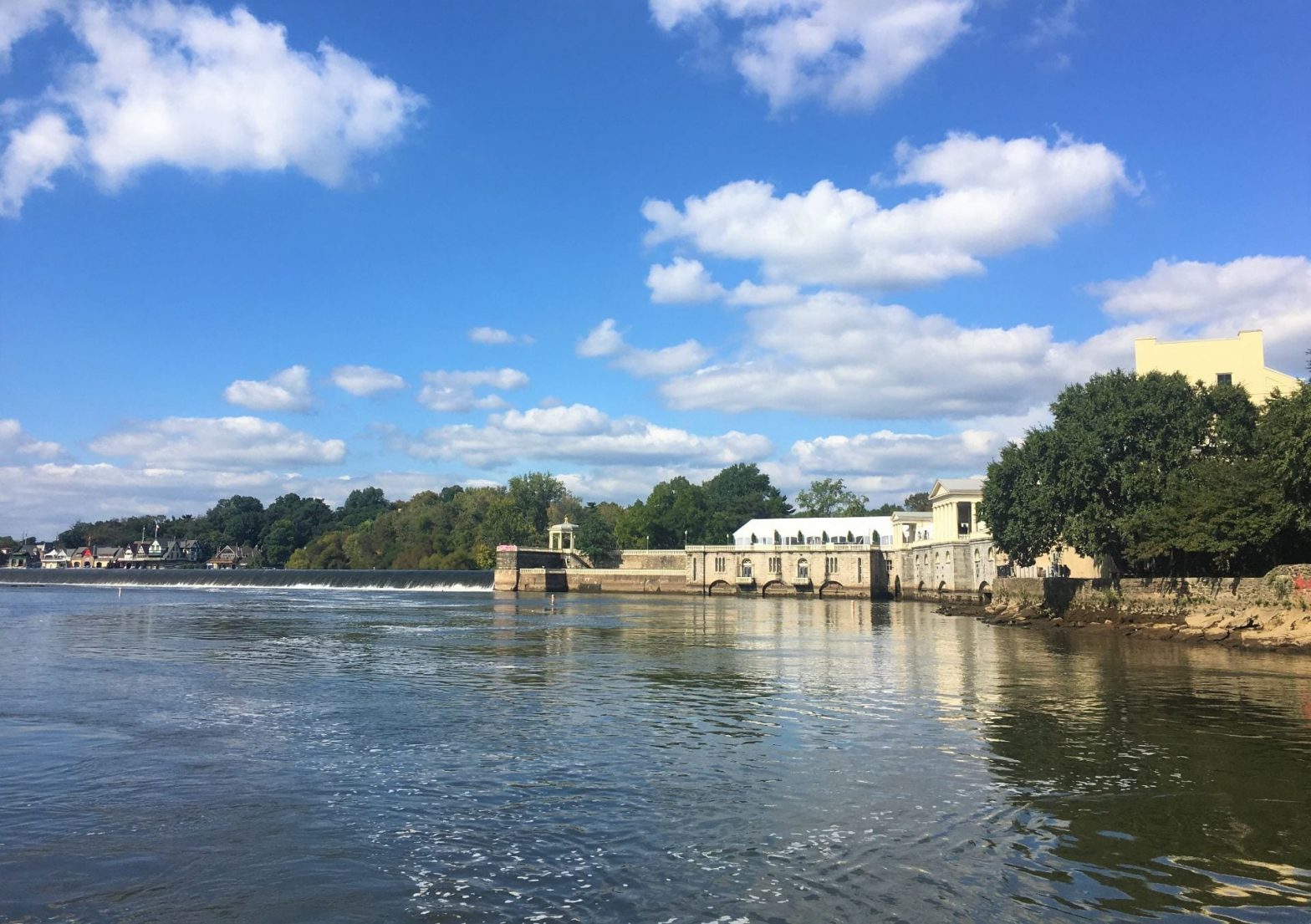Following years of advocacy, bipartisan sponsorship, as well as House and Senate support, the administration signed the Water Infrastructure Improvement Act amending the Clean Water Act on January 14, 2019. A progressive move, considering the recent efforts to repeal the 2015 definition of the Waters of the United States rule and revise it, narrowing the definition of the bodies of water that the Clean Water Act applies to.
The new Water Infrastructure Improvement Act addendum codifies integrated planning and green infrastructure, optimizing municipalities’ abilities to develop flexible, affordable, and adaptable programs addressing critical water quality impacts. With municipalities facing mounting challenges such as aging infrastructure and climate change, balancing financial priorities and preparing for current and future realities is more critical than ever. According to the Environmental Protection Agency (EPA), $472.6 billion in drinking water infrastructure are needed between 2015 and 2034, and $271 billion is needed to maintain and improve the nation’s wastewater infrastructure from 2012- 2032. The total projected cost of over $750 billion will likely be exacerbated by climate change, and the effects are disproportionate based on socioeconomic disparities. Keeping rates affordable for all, and demonstrating the value of infrastructure investments is part of developing comprehensive strategies to deliver sustainable solutions protecting public health and the environmental.
In the new amendment, the definition of an integrated plan refers to a plan developed following the framework outlined in EPA’s 2012 guidance: “Integrated Municipal Stormwater and Wastewater Planning Approach Framework.” Integrated planning enables municipalities to apply for permits with a scope incorporating all requirements of the Clean Water Act (CWA), including wastewater and stormwater management plans, rather than developing distinct programs to address obligations for each separately. The EPA Administrator also has the responsibility to inform any municipality undergoing an enforcement action that they have the opportunity to develop an integrated plan. In addition, municipalities that have obligations under a consent decree or agreement can request a modification based on an integrated plan that the municipality has developed. This allows for the renegotiation of how to meet CWA obligations, and aligning municipalities’ priorities for capital investments, while tailoring the combination of solutions to local water issues and considering sustainability and affordability factors. The Act also outlines terms for compliance schedules, as well as interactions between other standards within the CWA, and the flexibility and clarification of State authority.
Critical elements of an integrated plan include a process for community stakeholder engagement throughout the planning and implementation phases; a process for alternative development and selection, including financial strategies and capability assessment for each alternative; and development of performance criteria and measures of success for implementation. Most significantly, an integrated plan can include the implementation of “innovative projects, to reclaim, recycle, or reuse water; and green infrastructure.”
The Act further legitimizes green infrastructure to manage stormwater by specifically calling for amending the Clean Water Act to include green infrastructure and its promotion by EPA’s administration. As defined by the amendment, green infrastructure encompasses a “range of measures that use plant or soil systems, permeable pavement or other permeable surfaces or substrates, stormwater harvest and reuse, or landscaping to store, infiltrate, or evapotranspirate stormwater and reduce flows to sewer systems or to surface waters.”
Green infrastructure has been encouraged at the federal level by the EPA’s Office of Water for more than a decade, with policy memos supporting green infrastructure integration into federally regulated programs regarding municipal separate storm sewer systems (MS4s), combined sewer overflows (CSOs), and Total Maximum Daily Loads (TMDLs).
An intentional focus on green infrastructure, combined with assistance by the proposed establishment of Office of Ombudsman, headed by a Municipal Ombudsman, reinforces the connection between integrated planning and green infrastructure as one of its important elements. The Municipal Ombudsman’s role is to provide assistance and publicly share information about available Federal financial assistance, what the flexibility potential is under the Clean Water Act, and the opportunity to develop an integrated plan.
Committing to increased promotion of green infrastructure and integrated planning will hopefully boost the adoption of green infrastructure and capacity for planning integrated investment, across small and large communities across the US. Locally, the Philadelphia Water Department (PWD) has led the charge of proposing and implementing a stormwater management program primarily focused on green stormwater infrastructure with its groundbreaking Green City, Clean Waters program. Historically, PWD also has provided technical support to upstream communities through its watershed based approach, contributing towards building capacity for improved water quality benefiting those communities and Philadelphia’s sourcewater. With this additional support, as well as federal and state funding, hopefully this points to a continued improvement to water quality across our region.
Works cited:
- Proposed Revised Definition of Waters of the United States, EPA, December 2018.
- https://www.epa.gov/sites/production/files/2018-10/documents/corrected_sixth_drinking_water_infrastructure_needs_survey_and_assessment.pdf
- https://archive.epa.gov/epa/newsreleases/epa-survey-shows-271-billion-needed-nations-wastewater-infrastructure.html
- Water Infrastructure Improvement Act. H.R.7279 https://www.congress.gov/bill/115th-congress/house-bill/7279/text
- https://www.epa.gov/green-infrastructure/integrating-green-infrastructure-federal-regulatory-programs
